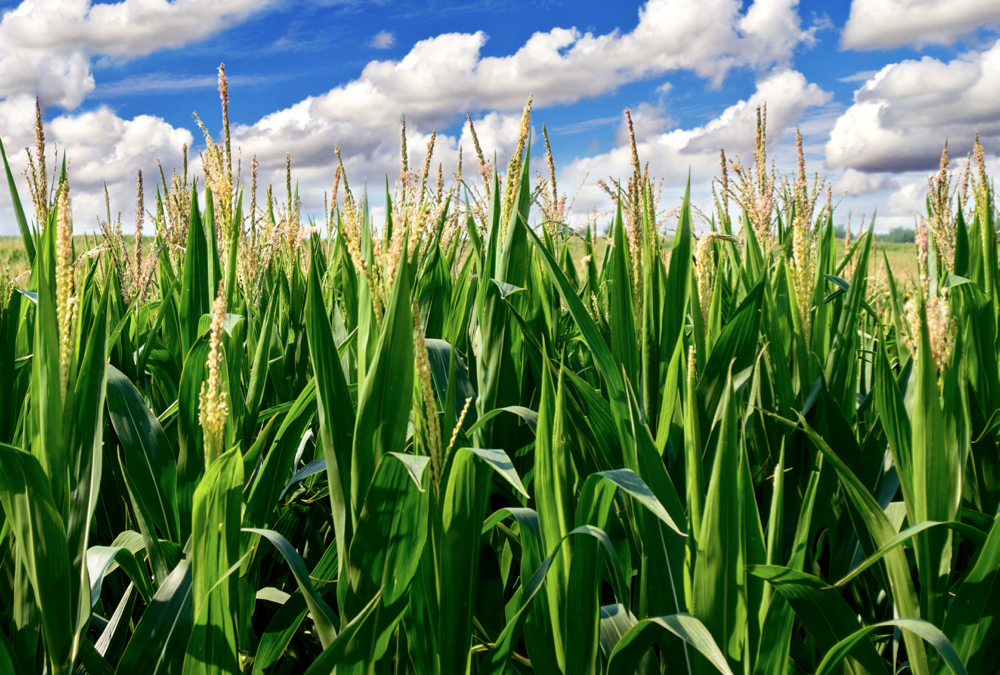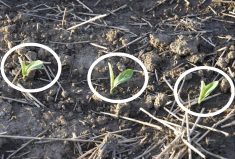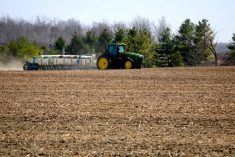Spraying fungicide in corn destined for corn silage is becoming an increasing trend across Ontario, especially for those who intensely manage their crops, says Michelle Baker, agronomist with Millstone Crop Service.
Why it matters: Corn silage production depends on healthy ears and leaves, so the ability to protect the leaf with a fungicide can have more impact for silage corn.
Northern Corn Leaf Blight (NCLB) is one of the more devastating diseases for yield loss and leaf biomass in corn. As well, Giberrella Ear Rot, although new to Ontario, has an effect on grain quality and is not ideal for feed.
It may be difficult to find NCLB during tasseling, the ideal time for leaf disease fungicide application, as the lesions are known to show up later in the season.
“We always want to stay ahead of the disease as a lot of the fungicides are preventative. We are not necessarily going to reverse any damage that has already been done. We want to try for that tassel timing,” says Baker.
Baker says she hasn’t seen a tremendous amount of NCLB yet this year but growers should be looking for grey lesions on the leaves.
The benefit of spraying fungicide varies greatly year to year as so many factors come into play, such as typical yield response.
“I always find with fungicides your yield response is basically a percentage of yield. There has been some work done in Eastern Ontario showing a four per cent yield increase. When getting into high yield scenarios that can equate to some significant tonnage.”
Read Also

Senft to step down as CEO of Seeds Canada
Barry Senft, the founding CEO of the five-year-old Seeds Canada organization is stepping down as of January 2026.
Also, Baker says some research in Wisconsin has shown that the presence of NCLB on plants increases the production of lignin, which reduces digestibility.
Baker says in a silage situation she is not sure why growers wouldn’t spray, especially as livestock producers are sometimes trying to push so much volume from limited acreage.
“I have a grower that I have been working with for a couple years now and all of their corn is getting sprayed and honestly, being out in those fields come the third week of September, the fields are so clean.”
When producers want to focus on the leaf disease, tassel timing is ideal. Cob diseases are best targetted at silking.
“It’s a better bang for their buck if they can target both scenarios with their sprayer pass. That might mean tank mixing a couple of different products or using a product that can target both the ear moulds and the leaf disease.”
Baker says she is confident growers will be in a high yielding scenario, and will see the returns with fungicide on corn.
“This year we have had fantastic growing conditions. We are ahead of schedule as far as maturity. Growers have a lot of confidence in their crop and are willing to invest in it. As well, we have had a lot of humidity and storms coming up through the States and typically that is when we see a bit more disease.”















